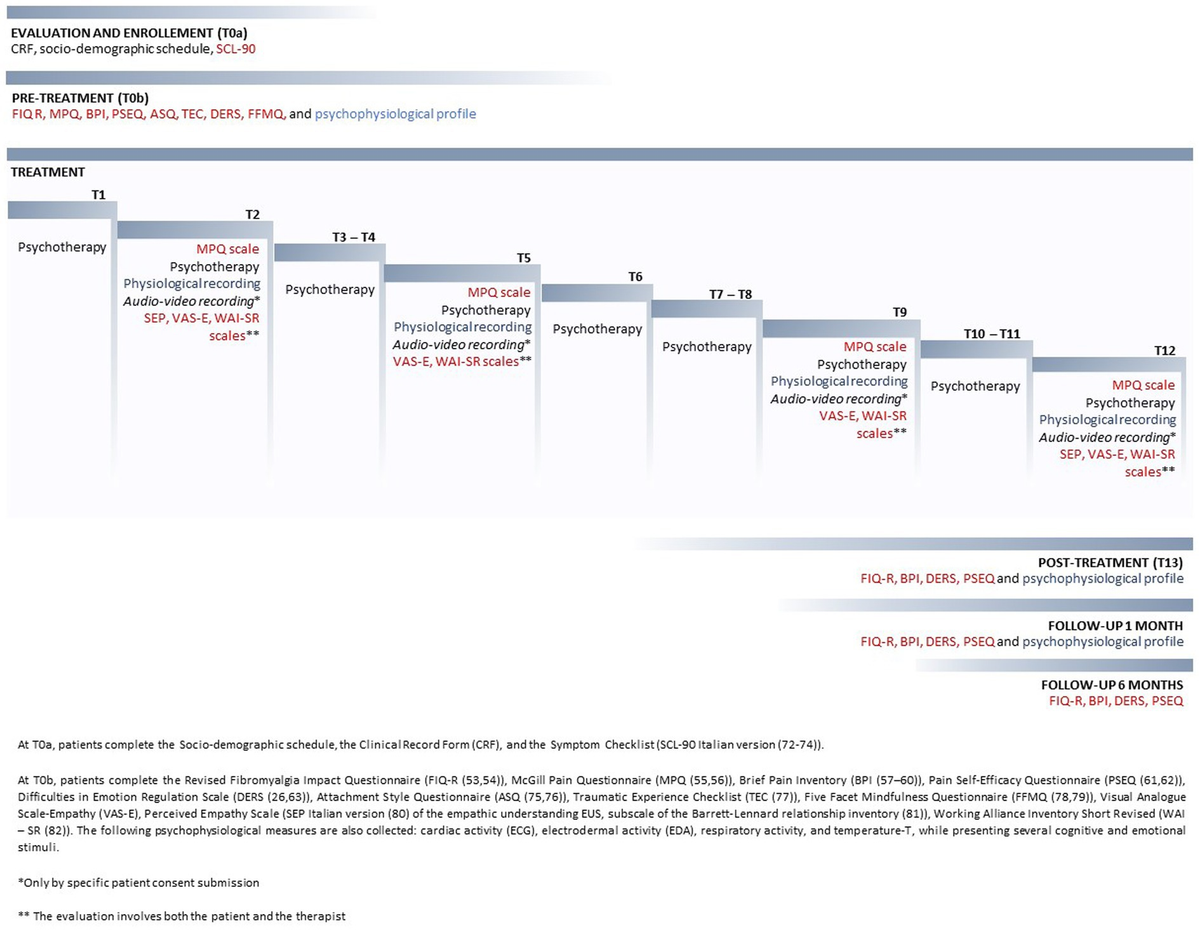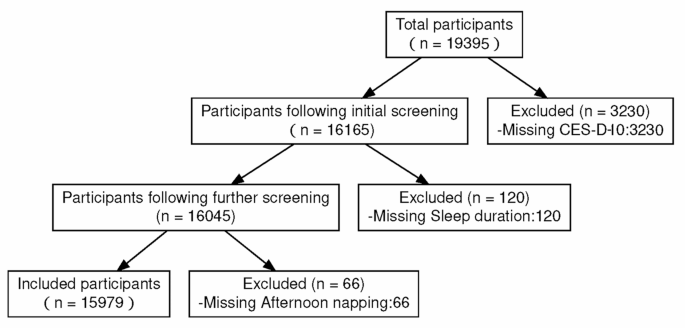A baby who can’t stop crying. An autistic teen who starts acting out. A woman who complains of a headache. At first glance, these individuals seem to have nothing in common. But each may be expressing the same thing — “I’m in pain” — in their own way.
Many of us assume that all pain is created equal — an objective fact that everyone feels and communicates similarly and that doctors treat uniformly. But people can experience and convey pain in diverse ways, and research shows that providers can perceive and treat it differently depending on the identity of the patient.

“Managing pain requires a tailored approach — it is not one-size-fits-all,” said Vicky Khoury, MD, a pediatric infectious diseases fellow from the Leadership Education in Advancing Diversity program, which trains medical residents and fellows to become leaders in diversity, equity and inclusion. She was one of a team of program participants who presented on pain management at Stanford Medicine’s annual Diversity and Inclusion Forum in May.
People can experience three types of pain, Khoury and others in the program pointed out. Nociceptive pain is the stereotypical type — the aching, throbbing or sharp pangs that come from a gash or broken rib. Neuropathic pain, by contrast, affects the nerves and can feel like tingling or numbness. And nociplastic pain causes suffering without any clear physical cause (fibromyalgia is a common example).
Patients also express pain in a variety of ways, Khoury noted. People who are non-verbal or have limited communication skills — such as young children, people with dementia or patients with developmental disorders — might express their feelings of pain through cues such as crying or becoming irritable.
“When you’re dealing with somebody who’s not able to best communicate the type of pain, it can be either underreported and not treated, or sometimes over-treated,” Khoury said.
When you’re dealing with somebody who’s not able to best communicate the type of pain, it can be either underreported and not treated, or sometimes over-treated.
Vicky Khoury
Language barriers and pain
Language and cultural barriers can also limit providers’ understanding of how patients are feeling pain, sometimes leading to misdiagnoses of its cause. “If a patient speaks a different language, the way they describe a shooting or burning or stabbing pain might be different from what providers are asking in English, even when using interpreters,” said team member Shreya Louis, MD, a neurology resident. “When we as providers base our diagnoses so heavily on the description a patient gives, this language barrier plays a very large role.”

Rah-Sha Al-Hassan, MD, a pediatrics resident in the program, said she once encountered a woman who brought her fussy infant to the emergency department. The woman used an iPad to translate her Spanish into English, expressing concern about the level of pain. But rather than taking X-rays, doctors sent her home.
The woman soon returned, Al-Hassan recalled, with the baby now vomiting profusely. Doctors determined the child had a painful telescoping of the bowel — a condition that occurs when one part of the intestine slides into another part, blocking the flow of food and fluid.
It’s an example of where a provider “maybe could have avoided surgery had somebody taken mom at face value the first time she presented,” Al-Hassan said.
There may have been more at play than communication roadblocks. The team outlined research showing pervasive biases in how providers regard and manage pain in patients of different races, ethnicities, genders and more.
In one 2016 study from researchers at the University of Virginia, more than 40% of first- and second-year white medical students surveyed subscribed to the false belief that Black people’s skin was thicker than that of whites. Ethnic minorities are more likely to have providers rate their pain as less severe and are up to 30% less likely to receive pain medication in an emergency department, the team shared.
And men are more likely than women to receive a diagnosis within 11 months when complaining of pain, whether it stems from migraines, joint issues and back aches, according to the Nurofen Gender Pain Gap Index Report.
“Systemic biases in the management of pain can, unfortunately, result in the misunderstanding and undertreatment of pain,” Louis said. “Health care providers need to be educated on the types of biases that may affect the detection of pain in order to provide consistent care for all patients irrespective of their background.”
Why it’s a big deal
When providers miss the mark, the consequences can be severe. Patients don’t access the care they need expediently, their trust in doctors erodes and their health can deteriorate dangerously, the team argued.

Consider an autistic patient whose biting incidents are dismissed as behavioral issues rather than traced to a toothache, Khoury said. “Not understanding the underlying reasons does everybody a disservice,” she said. “If we’re looking at a tooth abscess, if it’s not discovered early it can turn into a bloodstream infection requiring intensive care and multiple medications to keep them alive.”
One way patients can combat misinterpretations is to be vocal about their own pain and that of loved ones. “Sometimes patients have to be their own biggest advocates,” Louis said. For a family member, “they have a reference point for saying, ‘This is really different. I can see they’re in pain,’ and that forces the team to think about it more.”
Sometimes patients have to be their own biggest advocate.
Sheyra Louis
Patients can only do so much, the presenters said. Ultimately, they argued, the medical profession has to correct systemic problems and confront its biases. Researchers need to conduct more studies to understand gaps in pain management and develop alternative methods of assessing pain, such as noting facial expressions and non-verbal vocalizations, they argued.
The main antidote, the team said, is offering providers better education and training. “Heightening consciousness about how biases influence pain management practices is pivotal for nurturing trust between health care providers and patients,” Al-Hassan said. “By prioritizing this issue and taking proactive steps to combat biases, providers can foster an environment of trust, compassion and inclusive care, ultimately improving the quality of life for all patients.”
Image: Charnelle VDR/peopleimages.com (stock.adobe.com)












